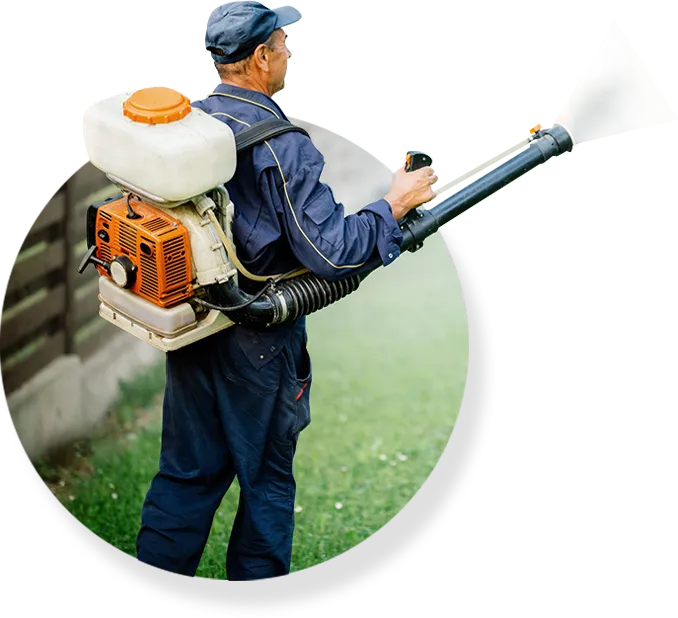No Coverage Unattainable with Pest Controls
Insects, rodents, and other pests are attracted to the smell and taste of food, making this industry especially susceptible to invasion. Due to the serious health risks, property damage, and food contamination that pests pose in commercial kitchens, it is crucial for establishments of this sort to engage in effective pest management.
This useful resource examines the most prevalent pests in restaurants and other food facilities, the damage they may do, and the steps that can be done to eliminate them.
Pests common in manufacturing plants that handle edible goods
The kinds of pests you encounter are strongly influenced by factors including climate, location, and the pesticides you work with. However, there are certain pests that seem to be everywhere, and they disrupt operations across the board in any company engaged in food production. Choosing the pest control Strathfield is most essential.
Cockroaches
The cockroach has earned its reputation as one of the most despised animals on the planet. Parasitic worms, germs, and human diseases including salmonella Typhimurium, polio, and Entamoeba histolytica have all been found in their digestive tracts. Because cockroaches often walk in filth, their legs are frequently infected with bacteria and other detritus. There is a higher chance of contamination of the workplace, the commodities, and the processing equipment when employees bring their own germs to work.
Cockroaches are experts at camouflage, so finding one might be challenging in a confined space. They also increase their chances of survival in a wide variety of habitats by eating a wide variety of foods.
Damage from rodents is a major problem for the food industry
Mice and rats are only two examples of pests that may have a major effect on food supplies. Infestations may be detected using a variety of techniques. Methods include keeping an ear out for pest-related sounds, sniffing around for pest-related droppings, watching for pest-related behaviour, and checking for pest-related damage to things like cables and insulation. If you have a UV light, you could also be able to see the urine stains that will help you identify them. You may use this to better identify them.
They have a reputation for having a high birthrate and a preference for living in close proximity to abundant food sources. When rats invade a building, they may chew through wiring, destroy food storage containers, wreck equipment, and ruin packing materials, among other problems. Workers and customers alike are put at danger of sickness if their bodily wastes, such as faeces, urine, and hair, are added to food. Mice and rats are the most common rodents responsible for spreading disease. Surely choosing the Affordable Pest Control Sydney Company is essential here.
Flies
There is a vast range of diseases that flies may spread to their human hosts. They spread disease-causing microorganisms from their nesting sites in rubbish and other damp, unclean places to freshly manufactured food and processing tools. Disease is spread by flies because they feed on contaminated food and then urinate and defecate in polluted areas while they rest and digest.
Conclusion
Birds that have made your building their home might cause serious structural damage by blocking gutters and leading to water pooling on the roof. Larger animals are more likely to cause damage since they can more readily rip tiles off of roofs. They pose a contamination risk not just to the foods themselves, but also to the kitchens where they are prepared.





Comments
Post a Comment